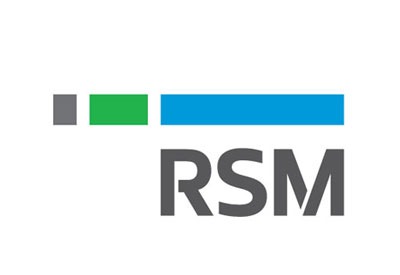
To remain viable, any company needs to ensure that it is able to meet its debts when they are due, and to allow enough working capital for future financial obligations.
Definitions: Insolvency, Insolvent trading and Liquidation
Insolvency occurs when a company is unable to pay its debts when and as they fall due for payment. Once a company becomes insolvent, it is an offence for the directors of that company to continue trading. Where it does happen, it is referred to as insolvent trading.
Liquidation refers to the winding up of the insolvent company’s affairs – which involves realising the company’s assets and distributing the proceeds to creditors and shareholders.
In the event of liquidation, an independent liquidator is appointed to investigate, among other things, whether the company has been involved in insolvent trading. If insolvent trading is found to have occurred, the liquidator can make a claim against the company directors for compensation equal to the value of unpaid debts, from the date of insolvency.
Factors involved in insolvent trading claims
There are certain facts that need to be established before making a claim. This includes that:
- at the time the debts were incurred, the company was insolvent, or became insolvent as a result of incurring the debt
- at the time of liquidation, the debts remain unpaid The claim needs to be made against a person who was a director at the time the debts were incurred, and there needs to be reasonable grounds to suspect that the director knew, or ought to have known, that the company was insolvent at the time.
Defences available to a director
If a claim is made, there are certain defences that a director may be able to make, such as:
- The director had reasonable grounds to believe the company was solvent. The director did not take part in the management of the company at the time the debts were incurred for a good reason.
The director took all reasonable steps to prevent the debt from being incurred.
Tips for avoiding insolvent trading
The risk of insolvency highlights the importance of vigilance when it comes to company finances.
If, however, the company is experiencing financial problems, continual monitoring of its financial position can alert directors to indicators of insolvency. Some of the indicators are:
- continuing losses
- deficiencies in working capital and net assets
- decreasing current and quick ratios
- overdue tax bills
- paying creditors outside of agreed trading terms
At RSM we can provide assistance in avoiding insolvency, and can undertake the voluntary administration process if required.
Adam Cormack
Contact Adam Cormack of RSM Australia on 02 6217 0397 or [email protected] for more information or to discuss your business’s needs.

